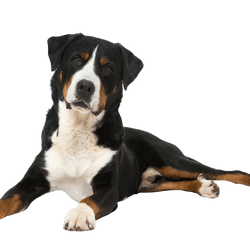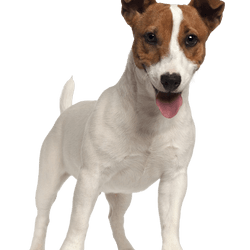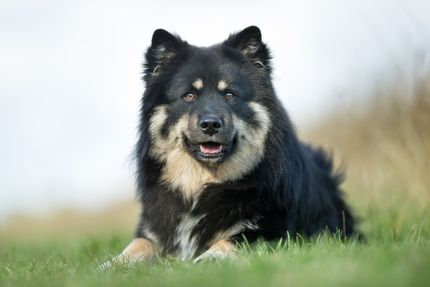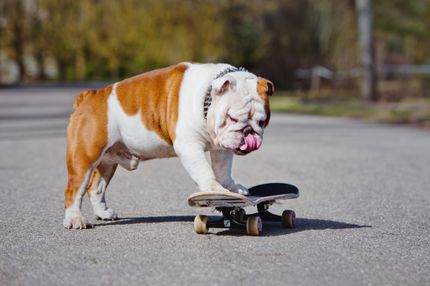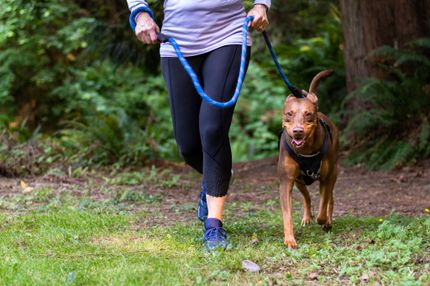Facts & Origin
In the merging of the Appenzeller Mountain Dog with the Jack Russell Terrier, a mixed breed is created that is highly interesting. Characteristics of both breeds are combined, which predestine them to ideal companions. The Appenzeller Mountain Dog is said to be robust, intelligent, loyal and faithful. Furthermore, he is characterized by endurance and a pronounced protective instinct. The Jack Russell Terrier, on the other hand, is said to be energetic, active, adaptable and eager to learn. He is also said to have a strong guarding instinct and enjoys taking on life's challenges. Combining these two breeds produces a companion that is intelligent as well as active and loyal.
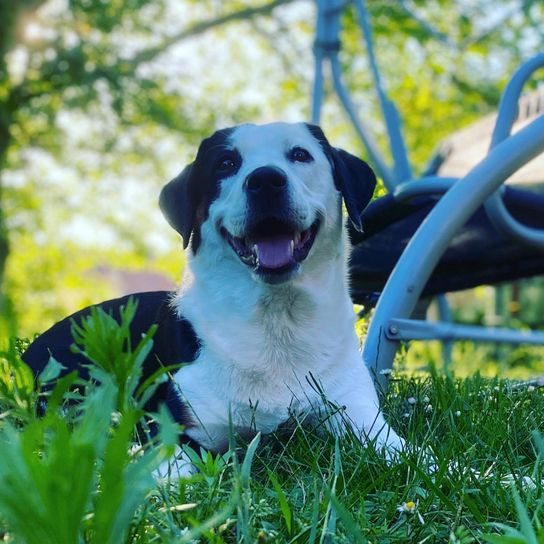

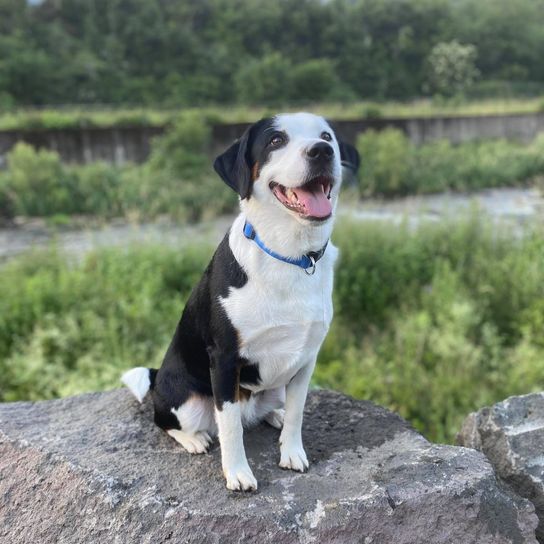
| Alternate Name | - |
| Origin | Switzerland - England |
| Life expectancy | 8 - 16 years |
| Care requirements | low-maintenance |
| Activity level | high |
| FCI group | not recognised |
| AKC group | not recognised |
| KC group | not recognised |
More Appenzell Mountain Dog mixes
More Jack Russell Terrier mixes
Attitude, character and temperament of the breed
Possible character traits of Appenzeller Mountain Dog and Jack Russell Terrier mix - Such is probably his nature.
By merging the Appenzeller Mountain Dog with the Jack Russell Terrier, a unique mix of character traits is expected. Both parent breeds bring their own notable traits to the mix.
Willingness to Work and Energy: Due to the influence of the Jack Russell Terrier, this mixed breed will likely have an inexhaustible supply of energy and will always be ready to pursue tasks and activities. It is not uncommon for him to always explore his surroundings with curiosity and enthusiasm.
Loyalty and protective instinct: The Appenzeller Mountain Dog brings a deep loyalty and a strong protective instinct. It is therefore likely that this mongrel will bond closely with its family and will be protective when needed.
Intelligence and Willingness to Learn: Both breeds are known for their intelligence. Therefore, the mix will likely be easy to train and pick up new commands or tricks quickly, provided the training is consistent and positively reinforcing.
Playfulness and Sociality: the influence of the Jack Russell Terrier could cause this mix to be very playful and social, both with people and other animals.
Independence and alertness: both parent breeds have an independent character and are alert. This could mean that the mixed breed dog can be a bit stubborn at times, but also always alert and aware of its surroundings.
Character
What diseases can occur in Appenzeller Mountain Dog and Jack Russell Terrier mix.
When combining two different breeds in a mixed breed, there is always the possibility that it will inherit both the health strengths and weaknesses of its parent breeds. The following highlights some diseases and health problems that could occur in an Appenzeller Mountain Dog and Jack Russell Terrier mix:
- Hip Dysplasia: This is a common condition in many medium to large dog breeds. The Appenzeller Mountain Dog may be prone to hip dysplasia. This is a malformation of the hip joint that can lead to arthritis and pain.
- Eye Disease: Both the Appenzeller Mountain Dog and the Jack Russell Terrier can be prone to various eye problems, including cataracts and progressive retinal atrophy.
- Patellar luxation: this is a displacement of the kneecap that can be more common in smaller breeds, including the Jack Russell Terrier.
- Hearing problems: Jack Russell Terriers can be prone to deafness, especially those with a lot of white in their coats.
- Digestive problems: Like many dog breeds, these two can suffer from digestive problems, including gastritis and pancreatitis.
- Allergies: Skin problems and allergies can occur in both breeds, often manifested by itching, redness of the skin or recurring ear infections.

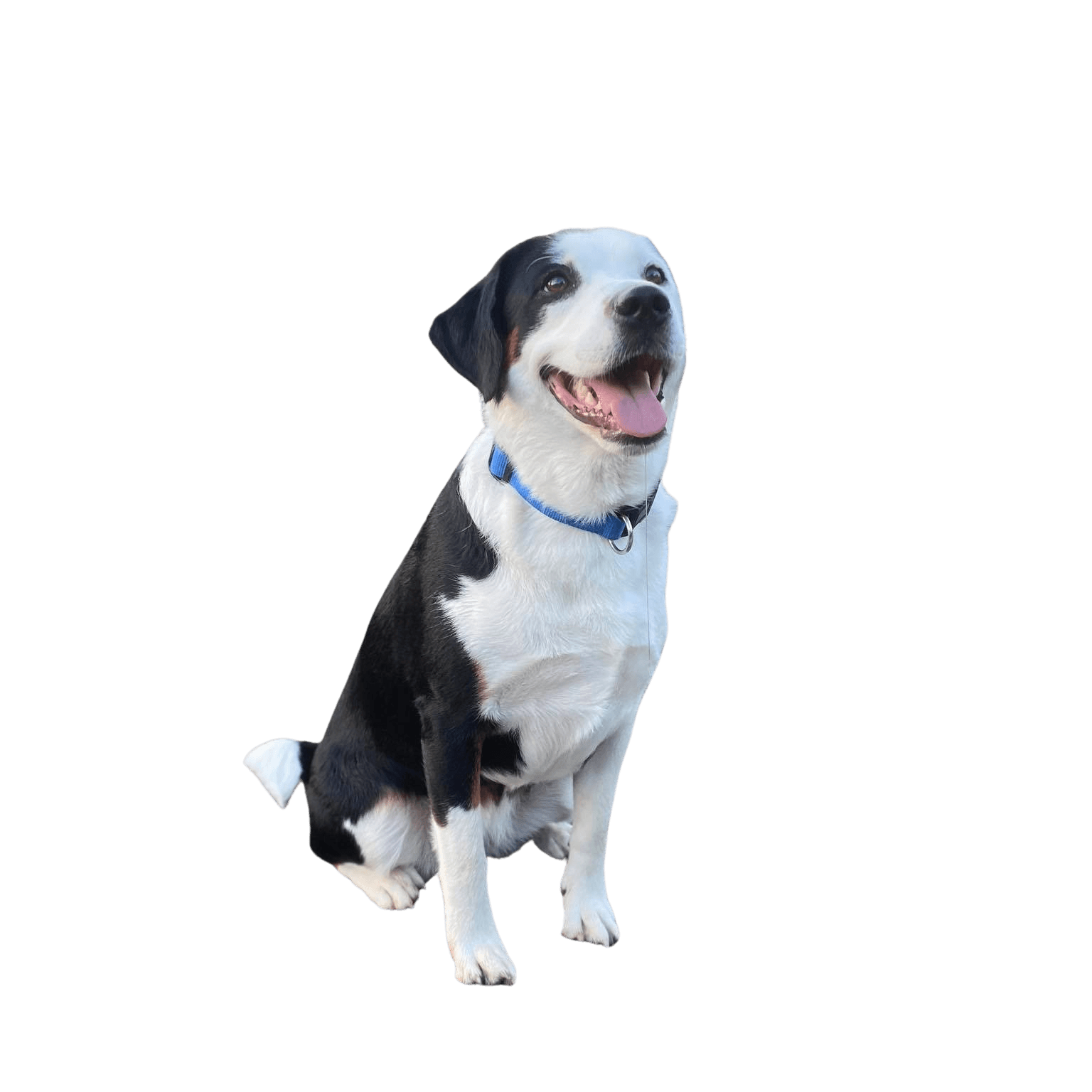
What does this mixed breed look like?
The appearance of a mixed breed can vary greatly, depending on the genetic influences of the two parent breeds. Here are some potential physical traits that might appear in an Appenzeller Mountain Dog and Jack Russell Terrier mix:
Height and Weight: The mixed breed is expected to be medium in size, with the exact size depending on the dominant genes. Such a dog could reach a shoulder height of 30 to 50 cm, depending on the specific dimensions of the parents.
Coat: Coat color and texture may vary. The Appenzeller Mountain Dog usually has a dense, smooth to slightly wavy coat with a color combination of black, brown and white. The Jack Russell Terrier, on the other hand, has a short to medium length coat that can be smooth, rough or broken, in colors of white, brown and/or black. So the mix could have a variety of coat types and color combinations.
Face and Expression: the lively, clear eyes of both breeds could be dominant in this mix, with the ears either erect (as in the Jack Russell Terrier) or slightly folded (as in the Appenzeller). The expression could reflect a balance of curiosity and determination.
Build: the build of this mongrel is likely to be compact and muscular, with a well-defined chest and strong legs. This reflects the working nature of both breeds.
Tail: It is possible that the Mongrel will have a moderately long tail that is either straight or slightly curved upward.
| Fur length | short |
| Fur | flat coated - rough-haired |
| Ear shape | Triangle - Tilt-ear |
| Tail | rolled up - lang |
| Anatomy | sporty, sporty |
| Size ♀ | 25 - 54 cm |
| Weight ♀ | 6 - 32 kg |
| Size ♂ | 25 - 54 cm |
| Weight ♂ | 6 - 32 kg |
| Suitable For | - |
Known Diseases
Hip dysplasia (HD)
Hip dysplasia (HD) is a genetic condition in dogs where the hip joint is not shaped properly. This leads to pain, stiffness and restricted movement.
Elbow dysplasia (ED)
Elbow joint dysplasia is a chronic disease complex of the elbow joint of fast growing dog breeds.
Eye diseases
Often occur with allergies and intolerances.
Cataract
Cataracts are still one of the most common causes of blindness, even in dogs.
Numbness
Often occurs in old age.
Ataxia
Ataxia (from Greek ἀταξία ataxia 'disorder' 'irregularity') is a generic term in medicine for various disorders of movement coordination. Ataxia can occur even when there is no paralysis (paresis), that is, when there is normal muscle strength.
Atopy
Canine atopic dermatitis or environmental allergy is characterized by itching with scratching, biting, and rubbing of the face, paws, and belly
Dermatophytosis
Dermatophytosis (synonym dermatophytosis, from ancient Greek τὸ δέρμα derma, German 'skin' and ancient Greek φυτόν phyton, German 'plant') or tinea (Latin for 'woodworm', 'moth') is a skin fungal disease caused by specific fungi (dermatophytes).
extreme whiteness
May be associated with some other diseases.
Legg-Calve-Perthes
Legg-Calvé-Perthes disease (aseptic femoral head necrosis) is a growth disorder of the femoral head.
Dislocations
Lenticular and patella luxation occur in some breeds and affect the eye.
Myelopathy
Degenerative myelopathies of dogs are a series of slowly progressing neurological diseases associated with destruction of the spinal cord. These diseases are associated with slowly progressive movement disorders of the hindquarters.

